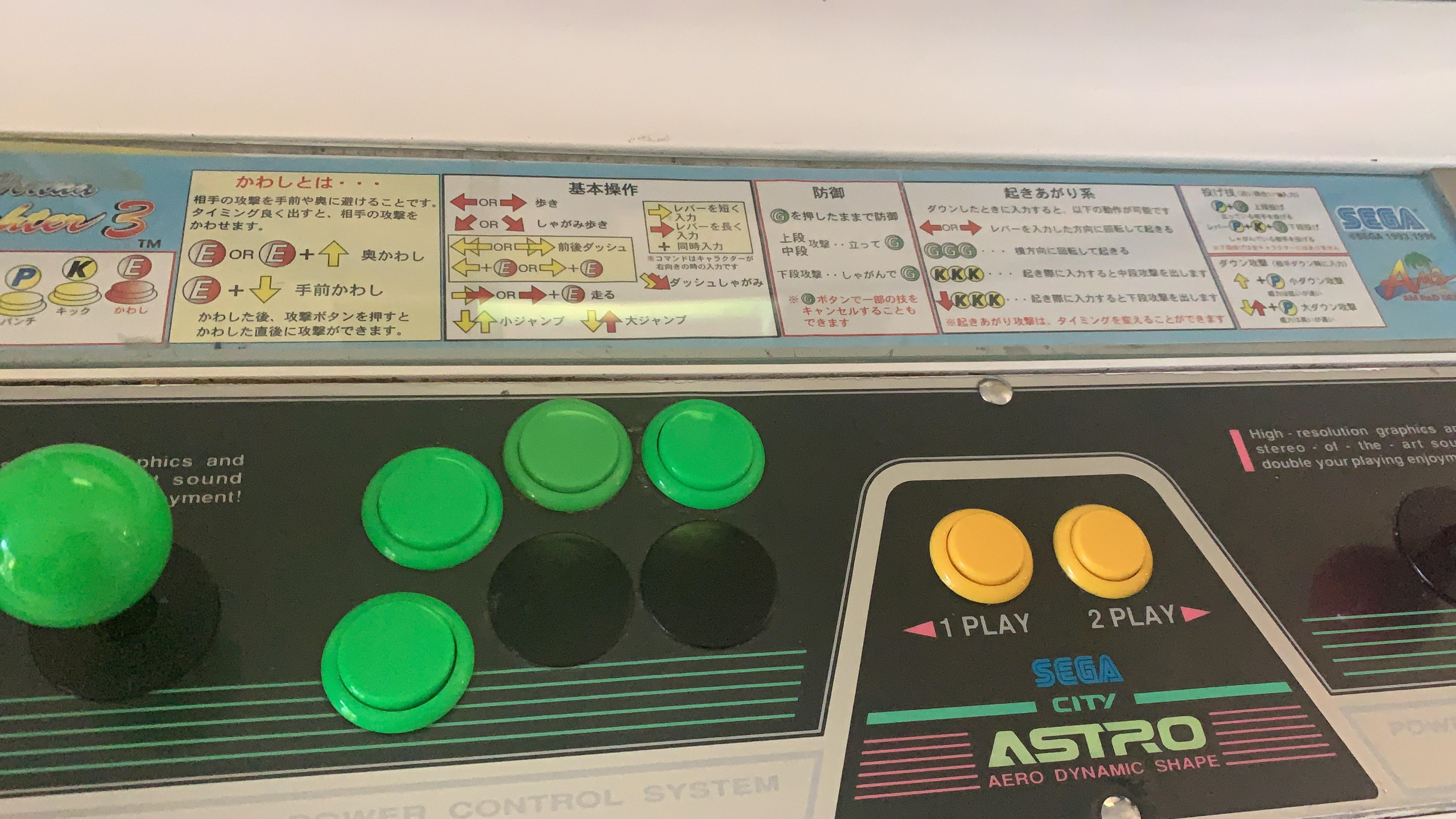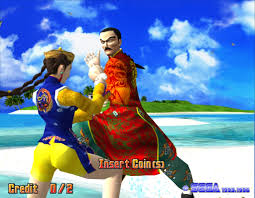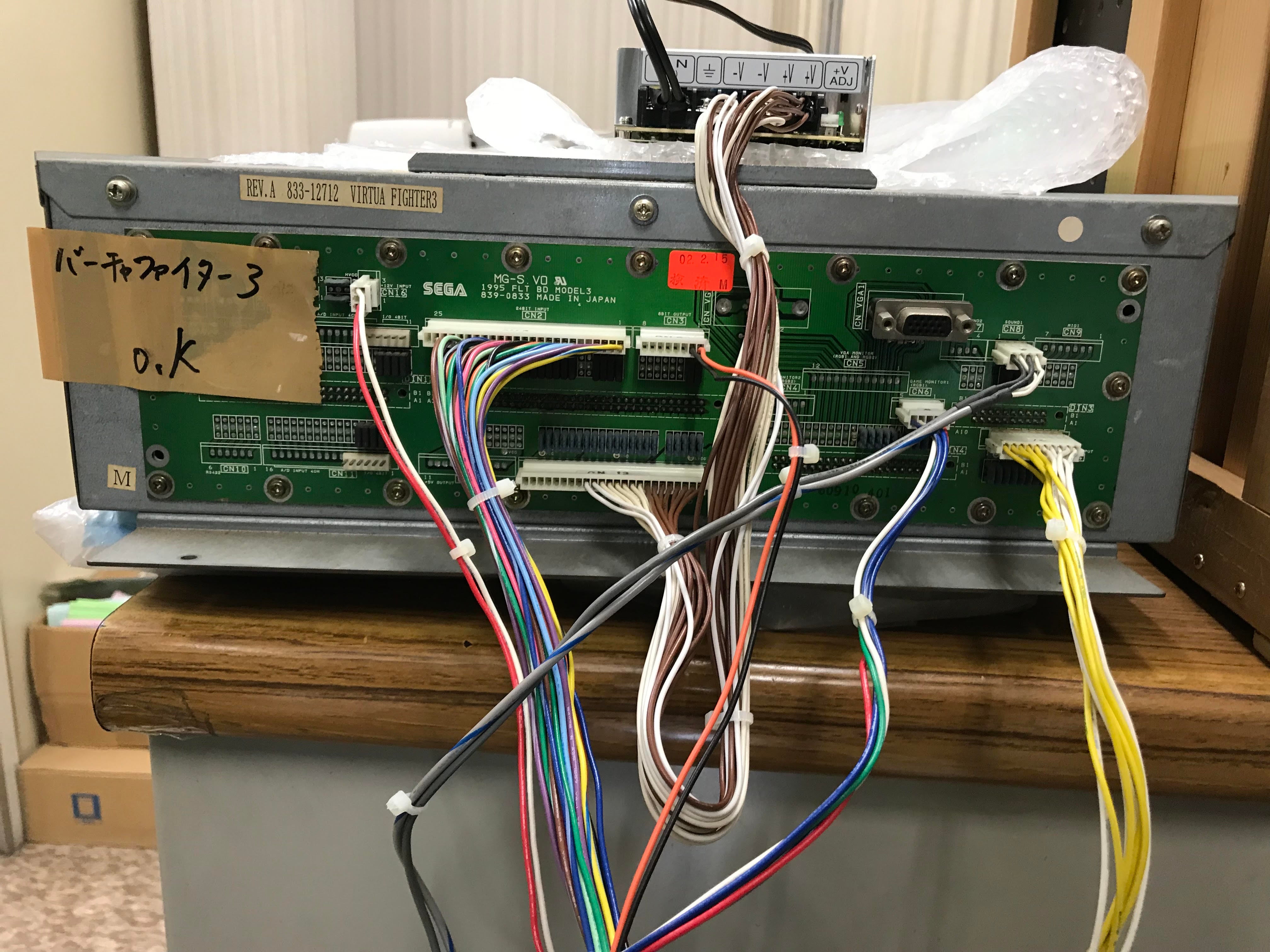SEGA has just celebrated its 60th anniversary - happy birthday you mad, beautiful bastards - which seems as good a time as any to reflect on the company’s finest. Maybe it’s OutRun, in all its iconic glory, Super Monkey Ball with its minimalist brilliance or perhaps you could even look a little closer to the modern day and put Yakuza 0 forward as the best of the bunch. For reasons entirely my own, it’s Virtua Fighter 3 that’s my personal pick. It’s not the best in AM2’s series - Virtua Fighter 5 Final Showdown easily takes that crown, providing a crisp take on the no-frills pugilism that’s as close to perfection as we’ll get while we endure the indefinite wait for a follow-up - nor is it the most groundbreaking. The original takes that title, shaking up the industry as it did with its military-spec hardware and the move into muscular 3D. You could argue that Virtua Fighter 2 was the series at its most iconic, too, capturing the series at the height of its mainstream appeal. Why Virtua Fighter 3, then? Partly it’s because it captures a moment in time, when SEGA was still at the peak of its power, and when its power was plain to see. This was the debut of the Model 3 board, breaking cover in spectacular fashion at Tokyo’s AOU show in the early months of 1996 - one of those moments, of which the 90s had many, when we all asked ourselves whether game graphics could get much better - asserting that SEGA was at the cutting edge of technology. It’s ground they’d give up over time - by the time Virtua Fighter 4 came around on the NAOMI 2, those battlegrounds had seemingly moved elsewhere. Virtua Fighter 3 isn’t just SEGA at its peak, either - it captures one of the last moments the arcade felt so relevant, and one of the last times when a Super Megalo 2 cabinet in London’s Trocadero could feel like the most important place in the universe. It’s always seemed perfect to me that Virtua Fighter 3 never really left the arcades; like other Model 3 games it never saw a decent home port, even if the Dreamcast take on Virtua Fighter 3TB was a noble effort. To play Virtua Fighter 3 properly, you’ll need a Model 3 board of your own. Which explains why, a couple of years ago, I found myself following my own clumsily translated directions as I wandered the damp streets of Osaka looking for one of the city’s only arcade shops. Like the best shops of its kind, it feels like a well-kept secret, hidden up a couple of flights of stairs in a residential building far from the bustle of Den-Den Town or… well, anything really. It’s only the discarded boxes for old CPS2 boards lining the stairwell, slowly rising in number the closer to the shop you get, that give the game away. Inside, alongside rows of naked Nanao monitors hooked up to all sorts of arcade exotica, is a business that seems to have been there since SEGA’s golden age and well before. The walls are yellowed by cigarette smoke, the filing cabinets filled with schematics and manuals bruised and battered while the shelves behind the counter buckle under the weight of so many arcade boards. Time’s flow has slowed to a sweet treacle here, not that it’s a chore to wait - the transaction takes over an hour as the owner fastidiously prints and trims fresh marquee artwork and explains to a friend who’s on translation duty how to hook the bulky board up to a cabinet. Hunting for arcade boards can be just as much fun as playing the things, and it’s these adventures that are one of the reasons I’d never consider putting a PC stacked full of ROMS in my cabinet in place of one of the small handful of boards I own. It’s thirsty business, too; that night, my friend and I retire to a sake bar in nearby Kyoto where we drink until the crowd thins and it’s just us and the bartender. Talk soon turns to what we do for a living, and when he finds out we work around video games he shares, unprompted, his love of Virtua Fighter, and in particular how Virtua Fighter 3 stands above all others in the series. It’s an opinion I’ve come to share for similar reasons - how it stands alone with its inclusion of an evade button, and how it marked the end of one evolutionary branch of the series before it became a more hardcore concern with Virtua Fighter 4. The move sets are simpler, more stripped back, the balance that’s defined the series more tangible. The arenas, with their staggered floors, place a new emphasis on stance and posture. Virtua Fighter 3 is brilliantly composed. It stands as the last example of SEGA’s fighting game series when it was well and truly in the mainstream. Soon after Virtua Fighter 3, AM2 would embark on Project Berkeley - the game which would eventually see release as Shenmue, a multi-million dollar folly that accelerated the company’s exit from the home hardware race and set it on a path so different to the one we might have envisioned for it back in 1996. It’s something I often think about when firing up Virtua Fighter 3 at home, hearing the fans of the Model 3 board spin up as the lights on the Astro City cabinet flick into life. Virtua Fighter 3’s not SEGA’s greatest game - it’s an outlier, quirky and flawed - but it’s the SEGA game I love the most, not just for how it plays but for what it means, both to the golden age of arcades and to me. It’s an irrational love, but so it goes - you can’t always help who or what you end up falling for, after all.


